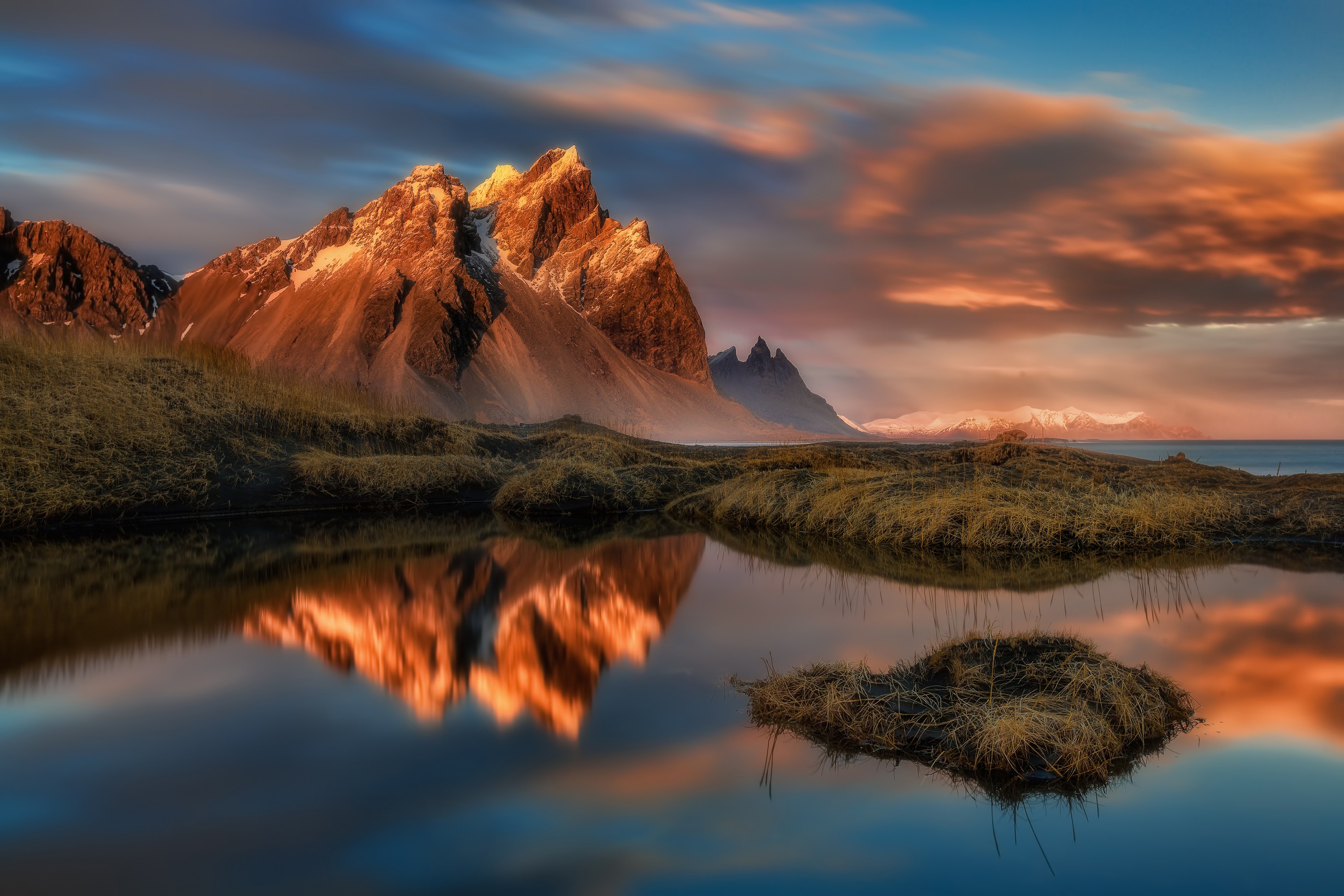News Blast: Your Daily Dose of Information
Stay updated with the latest happenings across the globe.
Chasing Light and Shadows in Landscape Photography
Unlock the secrets of stunning landscape photography—master the art of chasing light and shadows for breathtaking shots!
Mastering the Dance of Light and Shadows in Landscape Photography
Mastering the Dance of Light and Shadows in landscape photography is all about understanding how natural light interacts with the scenery. The subtle interplay between light and shadow can elevate a photograph from ordinary to extraordinary, emphasizing textures, shapes, and colors. To truly capture this dance, photographers must be attuned to the time of day and the quality of light. During the golden hour, for example, soft, warm light casts long shadows, creating depth and drama. Conversely, shooting during midday can result in harsh contrasts that may require thoughtful composition to mitigate.
To master this art, consider the following techniques:
- Utilize backlighting: This technique can create stunning halos around subjects such as trees and flowers, enhancing their appearance.
- Experiment with silhouettes: Positioning your subject against a bright background can lead to impactful images that convey emotion and mood.
- Get creative with filters: Using polarizing or ND filters can help balance bright light conditions, allowing you to underscore the relationship between light and shadows.

10 Tips for Capturing Stunning Light and Shadow Effects
Capturing stunning light and shadow effects can elevate your photography to the next level. Here are 10 tips to help you harness the power of light and shadow:
- Understand the golden hour: The best time for breathtaking light is during the golden hour, shortly after sunrise or before sunset.
- Experiment with backlighting: Position your subject between the light source and the camera to create dramatic silhouettes.
- Use natural reflectors: Look for surfaces that can bounce light onto your subject, such as water or sandy areas.
- Adjust exposure settings: Play with your camera’s settings to achieve the right balance between light and shadow.
- Incorporate shadows: Use shadows artistically in your composition to add depth and intrigue.
To further enhance your light and shadow techniques, consider these additional tips:
- Utilize artificial light: Don’t shy away from using artificial light sources to create highlights and depth.
- Focus on textures: Light can create beautiful textures; experiment with different materials under various lighting conditions.
- Play with angles: Change your perspective to see how different angles affect the way light interacts with your subject.
- Incorporate movement: Capture moving subjects in different lighting conditions for a dynamic look.
- Practice regularly: The more you shoot, the better you’ll understand how to manipulate light and shadow to your advantage.
How to Use Natural Light to Enhance Your Landscape Compositions
Utilizing natural light in your landscape compositions can dramatically enhance the beauty and depth of your photographs. Early mornings and late afternoons, often referred to as the 'golden hours,' provide soft, diffused light that creates warm tones and long shadows. This is the ideal time to explore your surroundings, as the low angle of the sun illuminates textures and brings out the vibrant colors of the landscape. To maximize this effect, consider the following tips:
- Scout locations beforehand to understand how the light interacts with different elements.
- Use reflectors to bounce light into shaded areas if necessary.
- Experiment with different angles to capture the light's effect on your scene.
The direction of natural light can also make a significant difference in your landscape photography. Front lighting can help reveal details in your subject, while backlighting can create stunning silhouettes and emphasize shapes. To further enhance your compositions, pay attention to the weather conditions. For instance, a cloudy day can provide even lighting that minimizes harsh shadows, making it perfect for capturing subtle details. Remember that natural light is ever-changing, so be patient and ready to adapt your approach as conditions evolve. Keep your camera settings flexible to make adjustments in response to the shifting light, and don’t be afraid to experiment!